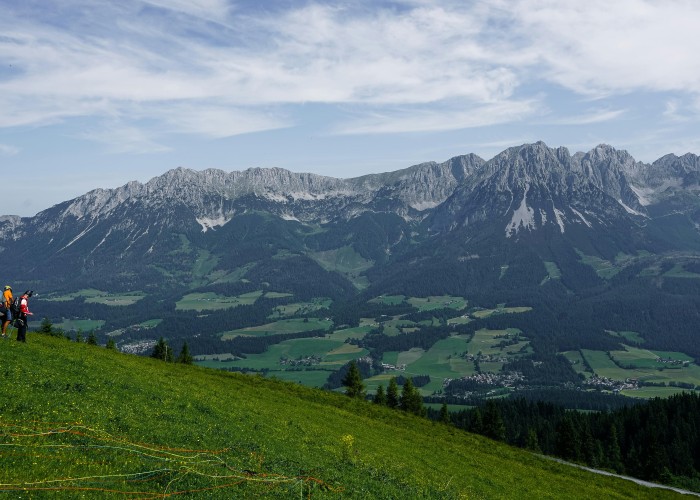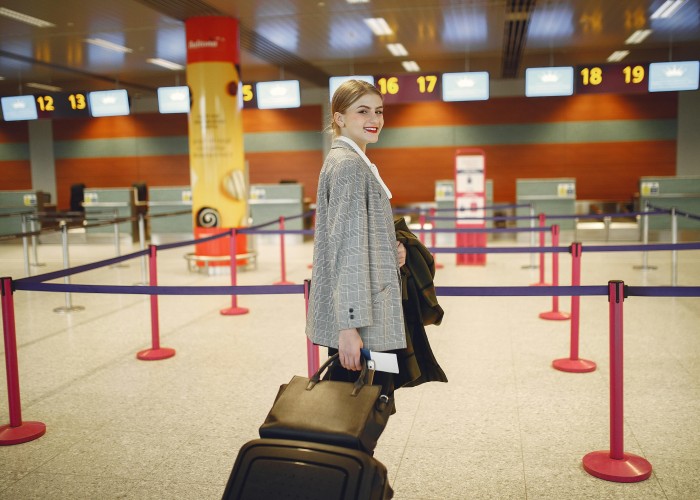The Alpe‑Adria Trail is a celebrated long-distance trek stretching through three diverse landscapes: starting in the alpine heights of Austria, descending into Slovenia, and finishing along the Adriatic coast in Italy. Covering over 700 kilometres, this trail offers a unique journey from snowy mountain passes to Mediterranean shores. Alpe‑Adria Trail, Austria–Slovenia–Italy.
It’s famous for:
- Changing scenery—from high mountain trails to rolling hills and seaside paths
- Well-marked routes and a network of lodges and guesthouses
- Cultural diversity—hikers pass through German-, Slovene- and Italian-speaking regions
- A true long-distance hiking experience without technical climbing
This trail is ideal for adventurous travelers from the USA, UK, Australia, and Germany who love long, varied hikes with both natural beauty and cultural immersion.
Best Time to Visit
Timing your hike wisely ensures the best experience:
- Mid-June to early October is the sweet spot:
- Mountain passes are usually clear of snow
- Weather is more stable and trail services are open
- Longer daylight hours allow for more flexible daily stages
- Late June: lush alpine meadows in Austria
- Late summer: warm shores in Italy
- Shoulder months may bring unpredictable weather or snow, especially in higher zones
How to Reach (Train / Road / Air)
By Air
- Austria: Klagenfurt or Salzburg airports are good entry points for the start of the trail
- Italy: Trieste Airport provides access to the sea-end of the route
By Train
- Excellent rail networks connect Austria, Slovenia, and Italy.
- Start near Heiligenblut or Salzburg, and end near Trieste or Grado, all well served by trains.
By Road
- Renting a car allows flexibility—trailheads and towns along the route are accessible by road.
- Public buses connect many rural villages to train stations.
You’ll likely mix transport modes—train to the start, then stage-by-stage hikes with local bus or shuttle support.
Entry Fees and Permits (Subject to Change)
- Hiking the trail is free.
- Mountain huts or guesthouses may have nightly rates ranging from €25 to €60.
- Parking fees at trail start points typically range from €2 to €10 per day.
- No special permits are needed, but sections in national parks may charge small entrance fees.
Food Availability and Meal Options During the Tour or Trek
Along the Trail
- Alpine huts in Austria and Slovenia offer hearty meals like soup, dumplings, pasta, and drinks
- Guesthouses in Italy serve Mediterranean fare—fresh vegetables, seafood, bread
- Shops in villages are common in every region; they sell snacks, local cheeses, breads, and drinks
Tip
Carry a lightweight snack and water. In remote sections, services may become sparse for a day’s walk.
Packing List and Essentials
Clothing
- Moisture-wicking base layers, insulating mid-layer, waterproof jacket
- Quick-dry trousers and a sunhat (summer)
- Gloves and warm headgear (early or late season)
Footwear
- Robust hiking boots with ankle support
- Spare wicking socks
Gear
- 30–40 L backpack
- Water bottle or hydration bladder
- Lightweight day snacks
- Map or offline GPS app
- Portable charger
- First‑aid kit
- Trekking poles (optional but useful)
Layered clothing and lightweight rain protection are key across all regions. Alpe‑Adria Trail, Austria–Slovenia–Italy .
Safety Tips and Local Regulations
- Stick to marked paths; trails are signposted throughout
- Check the weather before each stage—weather can shift dramatically in mountains
- In mountain zones, be cautious with river crossings or steep passes
- Wildlife encounters are rare, but keep distance and respect nature
- Carry out all trash—carry what you bring in for minimal trail impact
- Emergency number across the EU is 112
Tips for Beginners or First-Time Visitors
- Try starting with shorter sections (like Austria’s alpine segment or Italy’s coastal stretch)
- Sketch a flexible daily plan—allow rest or zero days
- Use train or shuttle transport between towns if tired
- Book huts or lodging in advance during summer high season
- Locals speak German, Slovene, and Italian; basic English is common in tourist areas
Local Customs or Cultural Etiquette
- Greet with a friendly “Grüß Gott” (Austria), “Dober dan” (Slovenia), “Buongiorno” (Italy)
- Respect borders and boundary markers
- Avoid picking wildflowers or disturbing flora in protected areas
- Learn a few local words—it goes a long way
- Tipping in restaurants is appreciated but modest (5–10%)
- Follow “leave no trace” ethics across all environments
FAQ – Alpe‑Adria Trail
How long is the trail?
Around 700 km, typically tackled in 35–40 hiking days in segments.
Difficulty level?
Varies—moderate to demanding. Austrian alpine parts involve uphill treks; coastal sections are easier.
Altitudes encountered?
Ranges from 300 m (Italy) to over 2,000 m (Austria) in mountain passes.
What about toilets?
Available in huts and villages. Bring toilet paper just in case on remote stretches.
Is it suitable for families?
Easier sections like the Italian or Slovenian parts are more beginner-friendly. Alpine parts may be too demanding for young children.
Are dogs allowed?
Yes, but it is tiring for dogs. Check with accommodation first.
When is peak hiking season?
July and August are busiest. Plan ahead for huts or local lodging. Alpe‑Adria Trail, Austria–Slovenia–Italy .
Can I hike in either direction?
Yes. Most begin in Austria and go south, but there are resources mapping both directions.
Is it possible to carry gear on horses or shuttles?
Luggage transfer services exist in parts of the trail, especially between accommodations—ideal for independent trekkers.
Final Thoughts
The Alpe‑Adria Trail offers a remarkable journey across three countries in one hike. Leap from alpine meadows to Mediterranean breeze, step through different cultures, and travel landscapes that change from rugged mountain passes to coastal trails. Alpe‑Adria Trail, Austria–Slovenia–Italy .






Leave a Reply